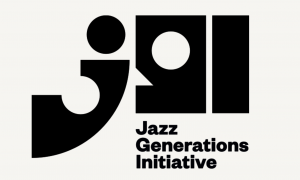With this week's launch of the new iPhone 4 and it's accompanying software, the Apple smartphone now enables a video calling feature by way of a new application called “FaceTime." And apparently, these videos calls, unlike their voice counterparts, are free.
Video calls don't count against your carrier allotment of minutes, an Apple representative confirms today. Even though video calls can be initiated from within a voice calling session, the voice call ends as soon as the video call begins. That means the calls made using FaceTime don't use up your carrier minutes.
But before you declare you're going “video-only" from now on in order to save on minutes, you need to be aware of a few restrictions of the FaceTime software. For starters, the new application runs only on iPhone 4 devices. For households where one iPhone is upgraded while the other is handed down, FaceTime is a non-starter. Those two iPhone owners can't video call one another because older iPhones can't run the FaceTime application.
Also of major importance is the fact that FaceTime is a Wi-Fi only application for now. In the U.S. at least, many will point fingers at AT&T's much-criticized network, which likely isn't able to handle the load of thousands of new video calling users coming online at the same time. However, these sorts of limitations may end up only being temporary.
FaceTime's Future
During the iPhone 4 announcement, Apple CEO Steve Jobs said FaceTime was Wi-Fi only in 2010, but that the company was “working with the cellular providers" to get things ready for future use over cellular networks.
Although the plural ("networks") is used, that's not necessarily an indication of the launch of the long-rumored, but never realized Verizon iPhone. Instead, it has more to do with the fact that FaceTime, to quote Jobs, is going to be made into an “open industry standard." Whether or not Apple's definition of “open" means, as many hope, “open source," is still unclear.
FaceTime's currently supported technologies like H.264 for video and AAC for audio aren't by definition open in the truest sense of the word. Neither are open source - rather, they are “open standards" with their patent holders retaining the rights to their use. Will the proposed FaceTime protocol itself follow this same path of open standards? Or will Apple really make it open? Our bets, given Apple's history, are on the former, unfortunately.
But regardless of these behind-the-scenes financial and technical details, making FaceTime available outside the Apple universe may be enough to allow it to gain momentum, especially given Apple's clout in the smartphone industry. Other video calling applications and video conferencing solutions could end up utilizing the technology within their own applications going forward. But the real question is, even if the technology becomes ever-present in a multitude of devices, do people actually want to use it?































